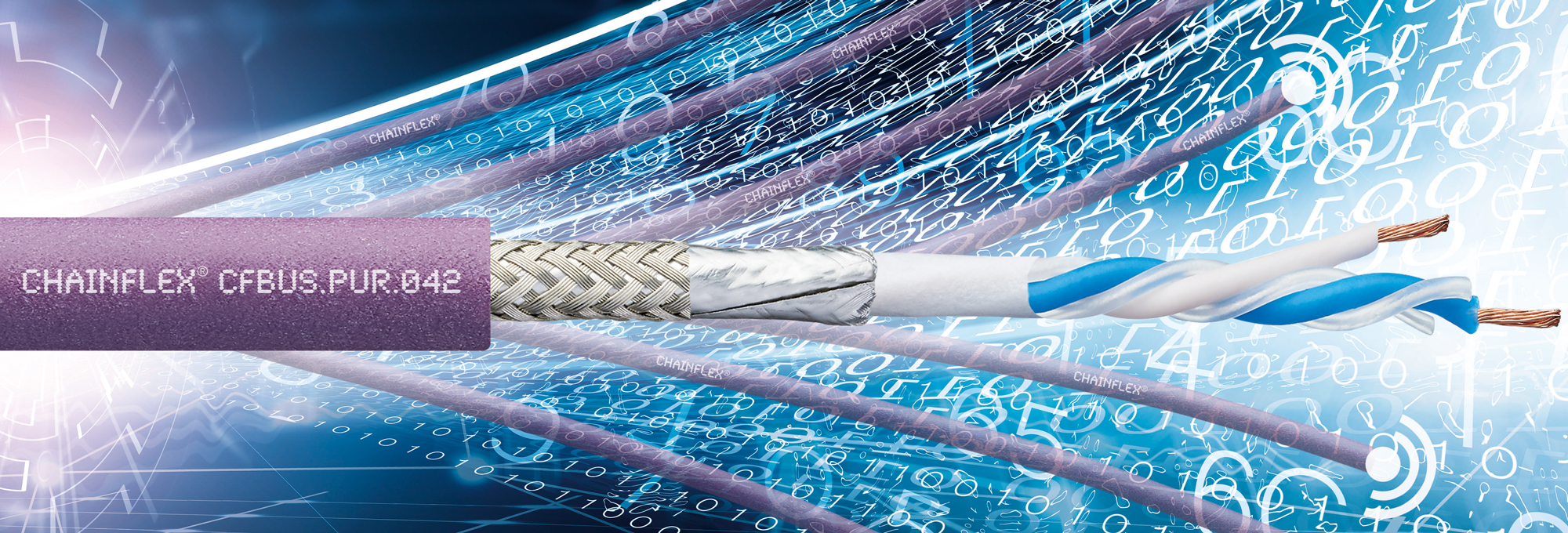
About 4 years ago, companies were writing "
Industry 4.0" on pretty much everything—every magazine, every website and every advertising email. It spurred a massive trend that still continues to this day. However, it now seems like we are now watching something similar happen in regard to these three letters: “SPE”, which stands for
Single Pair Ethernet.
Just like with “Industry 4.0”, everyone is talking about SPE, and it’s starting to feel a little bit like a trend. However, does this technology have the potential for more? There is already one big difference: Unlike Industry 4.0, there is a clear definition for single pair Ethernet, and the technology is already established. Or, is it?
Let’s discuss.
Why use single pair ethernet?
With there already being so many
buses, why are we adding another type of technology into the mix? To answer this, let’s go back a bit in time to the eighties. During this time, there was a massive demand for bus technology that could be used within cars. Up until that point, signals in the car were transmitted via relays and switches. Any new functions that were being developed at the time for automobiles required data transmission, so a group of companies involved with Bosch developed the revolutionary
CAN bus. Data transmission with this bus was safe, robust and proven.
Today, this system has reached its limit because our vehicles require significantly more data. With the increased demand for new vehicle technology, such as autonomous driving, the
Single Pair Ethernet was born. The requirements for the new bus system are pretty much the same as they were in the eighties: it needs to be robust and safe. However, an additional requirement for high data volume is involved. The entire industry wants to take advantage of this technology, and the leading technology companies have already begun working to make single pair Ethernet a common reality.
Read more: Single Pair Ethernet: What is it and how does it work?
How are so many companies within the industry supposed to work together?
In regard to the
automobile, there is a long-standing trend within the industry to use Ethernet derivatives when it comes to fieldbus. Standards like
Profinet, Ethercat, or
CC Link IE are already established and excel at performance and distribution. Additionally, cables and plugs are clearly defined. This begs the question: How can you further improve this standard while still making it clear that millions of users can reliably combine different products?
This requires a network of companies that define the standards, which has already been accomplished with the Industrial Partner Network. These companies are from different areas, but are united under the need for a reliable bus system. Through this network, engineers are able to work on products within their specific skill sets, such as ICs, Magnetics, cables, connectors and measurement technology. Every engineer researches and develops technology within their field so that they can provide the rest of the network with relevant data. At
igus®, we are doing our part in this network by continually developing and testing
highly flexible cables for industrial environments.

The additional advantage of single pair ethernet
What should the new bus system do differently, or better, than what is currently available? We already know that it will be capable of handling a lot of data, it will be reliable, and that it will have a clearly defined interface.
So, what is the additional advantage? For this, there are two basic requirements that need to be met. First, it has to be cheaper than today's four-pair Ethernet solution since we want to use more bus systems for transferring machine data. Along with this, we must not lose sight of the total costs.
Second, and probably the biggest requirement, is that it must have a reduced size that will allow the cable to take advantage of smaller installation spaces. Within these smaller spaces, a CAT5e system with large connectors and thick cables around 8mm is not ideal. With
SPE, there is a 25% reduction in the diameter of the cables and well over 35% for the connectors.
This clearly demonstrates the incredible advantages of the system: lower costs and less installation space. This creates a new possibility for reducing bus technology down to the smallest sensor on all machines. This is the true basis for Industry 4.0.
Sounds great, so when can I use single pair ethernet?
Unfortunately, the path doesn't end here, despite having overcome the most important hurdles. There are still certain rules that need to be followed before mass-producing
single pair Ethernet, which are clearly referenced in IEEE802.3.
In order to establish reliability and confidence for potential users, the IEC 11801 and TIA TR42 approved the technical standard of the Industrial Partner Network with its members. This means that control and sensor manufacturers can now confidently depend upon and integrate any technology derived from the Industrial Partner Network. By the end of the year, the first devices built with single pair Ethernet technology are expected to be available on the market.
At
igus®, we want to do our part of the basic work in advancing this new technology, so we are already offering our
CFBUS.PUR.042 at an early stage.

Advancing this technology is highly dependent upon active feedback from our customers, and we look forward to speaking with you further about your specific requirements and hopes. For further information about SPE, read our white paper. If you would like to speak with someone about cabling for your application, please do not hesitate to message our chainflex® product manager here.






